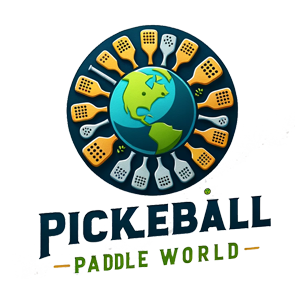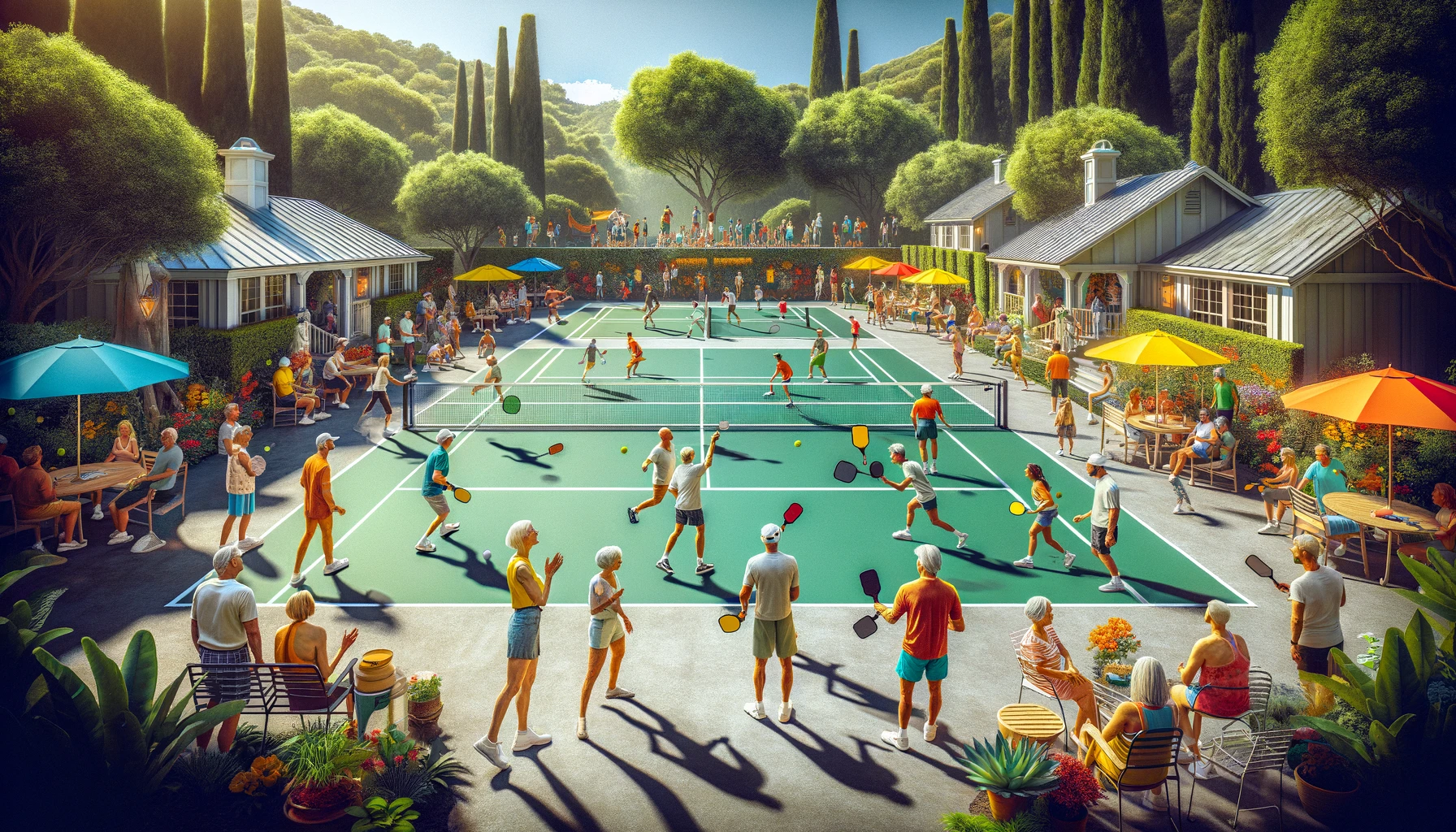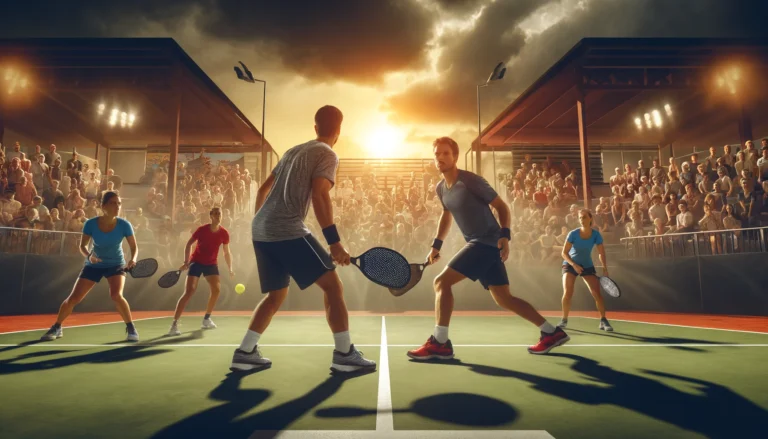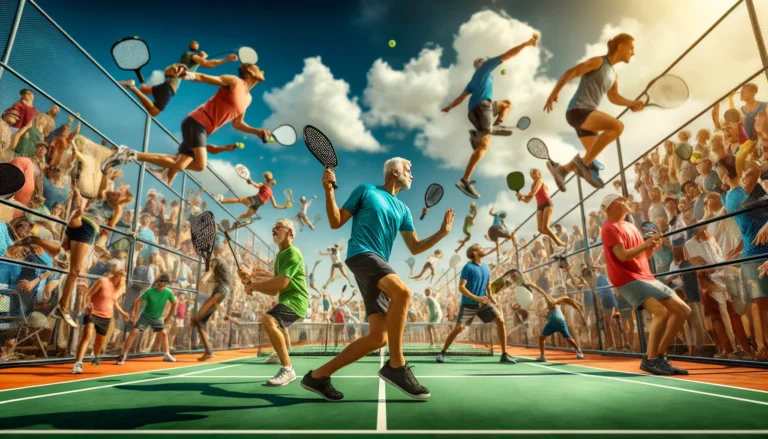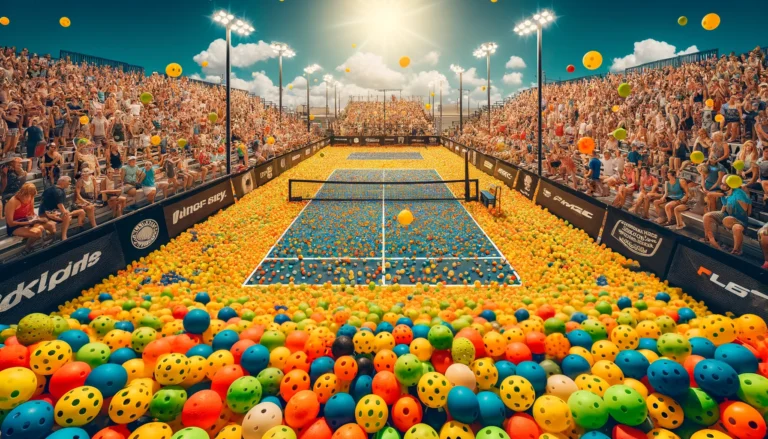Why is Pickleball So Popular? Unpacking the Craze Behind America’s Fastest-Growing Sport
In recent years, pickleball has skyrocketed in popularity, becoming a cultural phenomenon across diverse age groups. But why is pickleball so popular? This sport combines elements of tennis, badminton, and table tennis, offering a unique blend of accessibility and competitiveness that appeals to a wide audience.
In this comprehensive guide, we’ll explore the various factors contributing to the surge in pickleball’s popularity. From its social aspects and health benefits to its economic impact and adaptability, each element offers insight into why so many people are picking up a paddle.
Whether you’re a seasoned player or a curious newcomer, understanding the allure of pickleball can enhance your appreciation of the sport and possibly inspire you to join the community. By the end of this post, you’ll grasp not only the reasons for its widespread appeal but also how it has become a significant part of community life and physical fitness regimes.
The History and Evolution of Pickleball
Pickleball was invented in 1965 on Bainbridge Island, near Seattle, Washington. Originally designed as a children’s backyard pastime, it has evolved significantly over the decades.
Detailed Overview:
- 1965-1980: Pickleball spreads locally, with families adopting the game as a fun, accessible sport.
- 1980s-1990s: The game sees regional growth, especially in senior communities, due to its low-impact nature.
- 2000s-Present: Pickleball explodes in national popularity, with professional leagues and international competitions emerging.
Cultural Milestones:
- Introduction of official rules and the pickleball paddle in the 1970s.
- Formation of the USA Pickleball Association (USAPA) in 1984.
- Pickleball became a part of physical education programs across the United States.
Why People of All Ages Are Embracing Pickleball
Unlike more strenuous sports like tennis, pickleball’s accessibility is one of its most appealing traits, allowing a broader range of participants.
Demographic Diversity:
- Children and Youth: Schools are incorporating pickleball into physical education programs.
- Adults and Seniors: Ideal for older players looking for a low-impact sport that still offers competitive thrill.
Social and Recreational Appeal:
- Community Events: Pickleball events foster community interaction and fun.
- Leagues and Tournaments: Competitive opportunities that cater to all skill levels.
Health Benefits of Playing Pickleball
Pickleball provides numerous health benefits, making it a favorite among those looking to improve their physical and mental well-being.
Physical Health Benefits:
- Cardiovascular Improvement: The game’s pace helps improve heart health.
- Flexibility and Balance: Movements in pickleball enhance physical coordination.
Mental Health Benefits:
- Social Interaction: Reduces feelings of isolation by fostering connections.
- Cognitive Function: Enhances brain function through strategy and coordination.
Economic Impact and Accessibility
The economic aspect of pickleball’s popularity cannot be underestimated, as it has a significant impact on local economies through the creation of courts and organization of events.
Cost-Effectiveness:
- Affordable Equipment: Basic gear includes paddles and balls, which are relatively inexpensive.
- Court Construction: Conversion of existing facilities makes pickleball economically viable.
Community Investment:
- Public Parks and Recreation Centers: Increasingly include pickleball facilities.
- Local Businesses: Benefit from the influx of players and tournaments.
The Role of Communities and Social Media
Communities and social media play crucial roles in popularizing pickleball by sharing information and organizing events.
Community Engagement:
- Clubs and Local Groups: Form the backbone of the pickleball community.
- Charity Events and Social Causes: Utilize pickleball to raise funds and awareness.
Social Media Influence:
- Online Forums and Platforms: Share tips, tricks, and gameplay videos to engage a broader audience.
- Influencers and Promoters: Drive interest and participation through targeted campaigns.
Conclusion
Pickleball’s rise to fame is no accident. Its inclusive nature, combined with significant health benefits and community support, makes it more than just a sport—it’s a social phenomenon. As pickleball continues to grow, it serves as a perfect example of how sports can bring people together, enhancing both community bonds and personal health.
Engage with Us!
Are you ready to join the pickleball community, or do you have experiences to share? Comment below, share this post with friends, and explore more sports content on our site. Whether you’re a beginner or an enthusiast, there’s always more to learn and enjoy in the world of pickleball.
